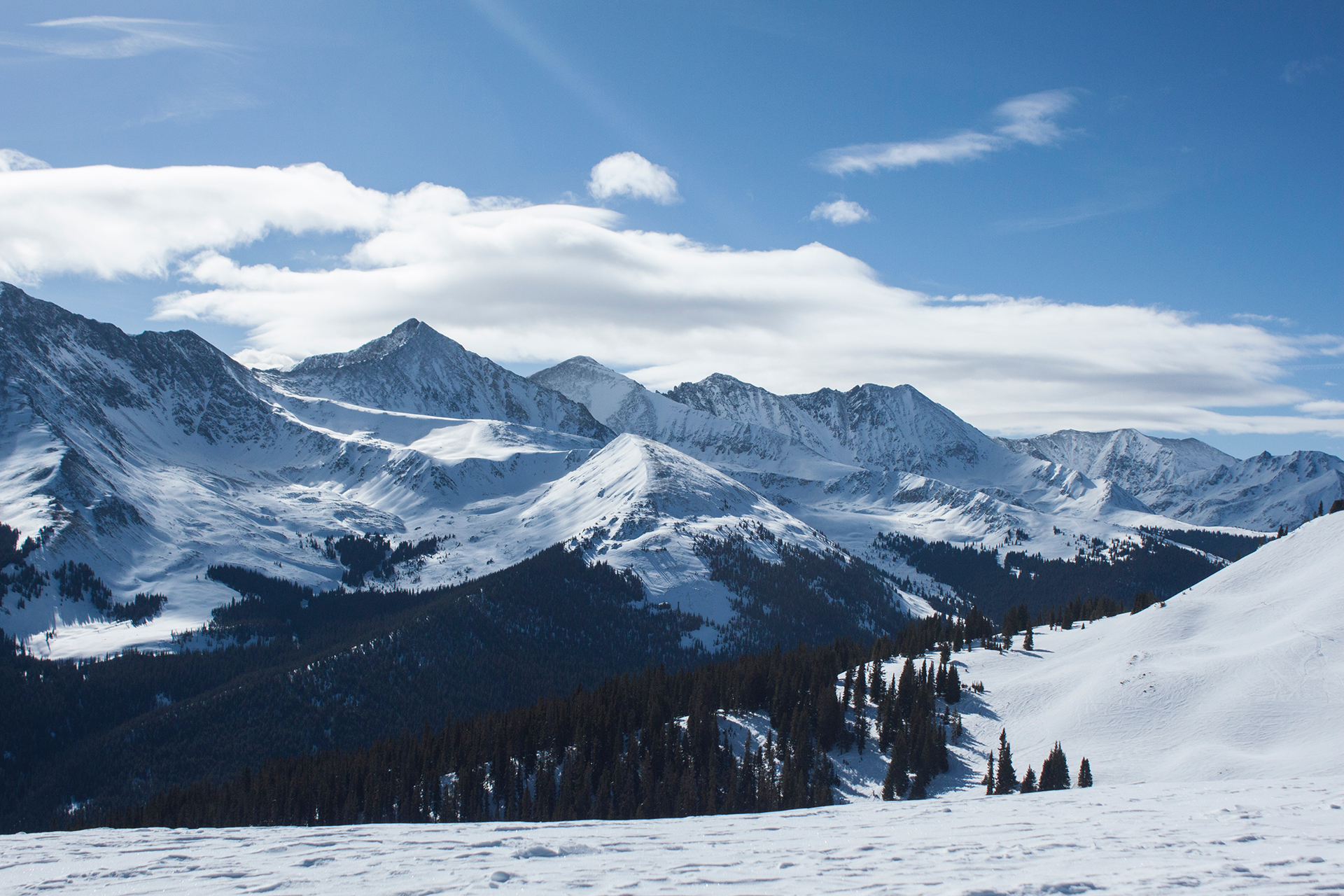St Martin´s day

The legend of Saint Martin: Why does it include a white horse, a roast goose or wine?
The eleventh of November, the feast of St. Martin, is traditionally associated with the first snow, roasted goose and young wine. Who was Saint Martin and why is his name associated with snowflakes and feasting?
The feast of St. Martin undoubtedly belongs to the most popular church holidays. Many associate it with the first snow (which is supposed to symbolize Martin's white horse), tasting young wine of the slowly ending year and with baked juicy goose.
Who was Saint Martin?
Martin of Tours is one of the most famous and also the most popular saints. He is among the first "non-martyrs" who were declared saints by the church.
The saint was born in 316 in the Roman province of Pannonia in the city of Sabaria (the territory of present-day Hungary). He was named after the god of war "Martus" because his father, a retired Roman soldier, wanted his son to continue his military past.
Martin was a soldier, he was drafted into the army at the age of fifteen. Although Martin never wanted to become a soldier, he performed military tasks reliably, devotedly, but also with a considerable amount of courage.
The Legend of the Cloak
"Martin" legend speaks of his good heart.
In 335, on a freezing winter night, Martin met a beggar at the gates of the city of Amiens in northern France. He was only modestly dressed, obviously hungry and frozen. The old man asked Martin for help. However, Martin had nothing with him, so he shared at least his warm cloak with the beggar. He cut it open with his sword and gave the separated part to the poor man so that he could at least get a little warm.
Saint Martin died at the age of 81 in Candes near Tours. He became the patron saint of soldiers, horses, riders, geese and winemakers and is most often depicted on horseback with half a cloak and a standing beggar.
St. Martin's holiday is also associated with the St. Martin's goose and the tasting of the first wine.
Story about geese tells that Martin hid among the geese because he did not want to be appointed bishop out of modesty. The geese betrayed him by honking.
St. Martin's pastry
What has traditionally been and is associated with St. Martin, is St. Martin's pastry. These are so-called St. Martin's horseshoes. Story says that, the poor could not bake pies for feast. So Martin ordered his horse to drop its horseshoes and give them to the poor. The horse obeyed him, but he immediately grew new horseshoes. Martin drove through the city criss-crossing and soon the square was full of horseshoes. Today, horseshoe-shaped rolls filled with poppy seeds or walnut filling are baked.
On November 11, Martin arrives on a white horse. The average date of the first snowfall is 11 November, on this day in 1918 at 11 o'clock the First World War ended with the signing of the peace treaty.
Legenda o svatém Martinovi: Proč k ní patří bílý kůň, pečená husa nebo víno?
Jedenáctý listopad, svátek svatého Martina, je tradičně spojován s prvním sněhem, svatomartinskou pečínkou a mladým vínem. Kdo vlastně byl svatý Martin a proč se jeho jméno váže ke sněhovým vločkám a hodování?
Svátek svatého Martina bezesporu patří k těm oblíbenějším církevním svátkům. Mnozí si jej spojují s prvním sněhem (ten má symbolicky vyjadřovat Martinův bílý kůň), ochutnávkou mladého vína pomalu končícího roku a s vypečenou šťavnatou husičkou.
Kdo byl svatý Martin?
Martin z Tours je jedním z nejznámějších a také nejoblíbenějších svatých. Patří mezi první "nemučedníky", kteří byli církví prohlášeni za svaté.
Světec se narodil v roce 316 v římské provincii Panonie ve městě Sabaria (území dnešního Maďarska). Jméno získal po bohu války "Martovi", protože jeho otec, vysloužilý římský voják, si velmi přál, aby syn navázal na jeho vojenskou minulost.
Martin byl voják, byl už v patnácti letech odveden do armády. Ačkoli se Martin nikdy nechtěl stát vojákem, plnil vojenské úkoly spolehlivě, oddaně, ale i s notnou dávkou odvahy.
Legenda o plášti
"Martinská" legenda hovoří o jeho dobrém srdci
V roce 335, za mrazivé zimní noci, potkal Martin u bran města Amiens na severu Francie žebráka. Ten byl jen skromně oblečen, zjevně hladový a promrzlý. Starý muž požádal Martina o pomoc. Martin však u sebe neměl nic, a tak se s žebrákem podělil alespoň o svůj teplý plášť. Rozťal ho mečem a oddělenou část věnoval chudákovi, aby se mohl alespoň trochu zahřát.
Svatý Martin zemřel v 81 letech v Candes u Tours. Stal se patronem vojáků, koní, jezdců, hus a vinařů a nejčastěji bývá zobrazován na koni s půlkou pláště a stojícím žebrákem.
Se svátkem svatého Martina je zkrátka
spojena i svatomartinská husa a ochutnávka prvního vína.
K husám, se pojí legenda o tom, že se Martin krátký čas ukrýval mezi husami, protože ze skromnosti nechtěl být jmenován biskupem. Husy ho vyzradily kýháním.
Svatomartinské pečivo
Se svatým Martinem se tradičně spojovalo a spojuje, je svatomartinské pečivo. Jde o tzv. svatomartinské podkovy. Legenda říká, že chudí si nemohli napéct koláče na poutˇ. Martin tedy přikázal svému koni, aby shodil podkovy a daroval je chudým. Bělouš ho poslechl , ale hned mu dorostly nové podkovy. Martin jezdil městem křížem krážem a brzy bylo podkov plné náměstí. Dnes se pečou rohlíčky ve tvaru podkov plněné mákem nebo ořechovou náplní.
11. listopadu Martin přijíždí na bílém koni. Průměrné datum prvního sněžení je 11. Listopad, v tento den v roce 1918 v 11 hodin skončila první světová válka podpisem mírové smlouvy.
